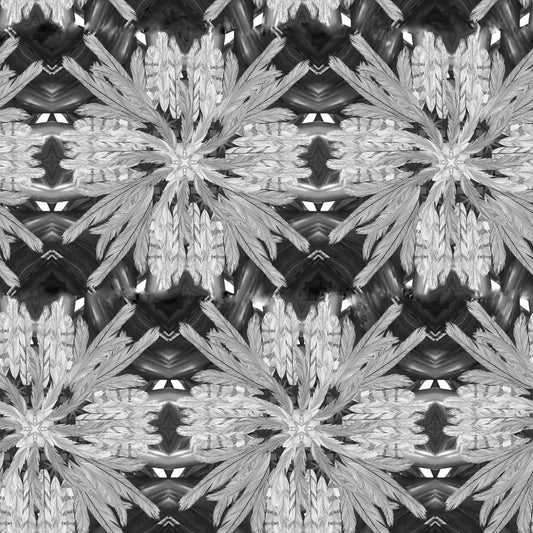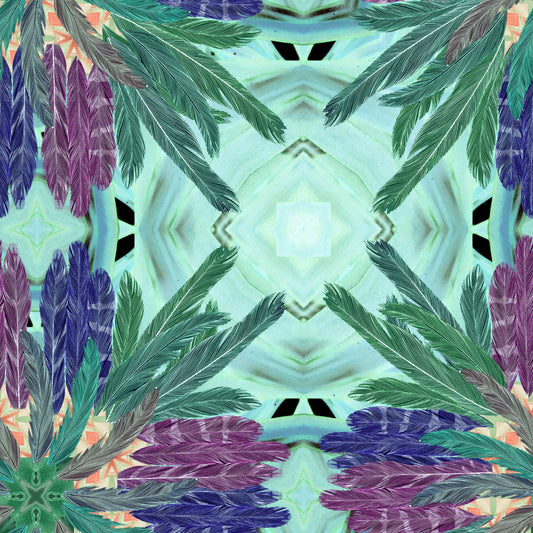Printed Fabrics in Digital Art: Blending Traditional and Contemporary Mediums
In the dynamic world of art, where innovation meets tradition, the fusion of digital technology with traditional mediums has given rise to a plethora of captivating creations. Among these, the integration of printed fabrics into digital art stands out as a remarkable marriage of two seemingly disparate worlds. This blog explores the fascinating realm where printed fabrics and digital art converge, unveiling the beauty and potential of this unique synthesis.
Traditional methods of creating art on fabric, such as hand-painting and screen-printing, have long been cherished for their craftsmanship and intricate detailing. From ancient tapestries to modern-day textile designs, the tactile nature of fabric has served as a canvas for human expression across cultures and epochs. However, with the advent of digital printing technologies, artists now have a powerful tool at their disposal to imbue fabric with imagery that transcends the limitations of traditional techniques.
Digital printing allows artists to seamlessly transfer their designs onto fabric with precision and vibrancy. Through the use of specialized printers and computer software, intricate patterns, intricate details, and vibrant colors can be faithfully replicated onto various types of fabric, ranging from silk and cotton to polyester and canvas. This fusion of technology with textiles opens up a world of creative possibilities, enabling artists to explore new avenues of expression and experimentation.
One of the most compelling aspects of utilizing printed fabrics in digital art is the ability to seamlessly blend the virtual and physical realms. By integrating digital elements into fabric designs, artists can create visually stunning compositions that blur the lines between reality and imagination. Whether it's incorporating digital illustrations, photographs, or abstract patterns, the marriage of printed fabrics with digital art allows for a synthesis of textures, colors, and forms that captivate the senses.
Furthermore, printed fabrics in digital art offer practical benefits that extend beyond their aesthetic appeal. Unlike traditional methods of fabric decoration, such as hand-painting or embroidery, digital printing enables artists to produce large-scale designs with efficiency and consistency. This scalability makes printed fabrics an ideal medium for applications ranging from fashion and interior design to advertising and theatrical productions.
In the realm of fashion, printed fabrics have revolutionized the way designers approach textile design and garment construction. With digital printing, fashion designers can unleash their creativity without being constrained by the limitations of traditional printing methods. From haute couture gowns adorned with intricate digital prints to everyday apparel featuring bold and expressive patterns, printed fabrics offer a versatile canvas for sartorial innovation.
Moreover, the integration of printed fabrics into digital art has also opened doors for collaboration across disciplines. Artists, designers, and technologists are coming together to explore the intersection of art, technology, and craftsmanship, pushing the boundaries of what is possible in both the digital and analog realms. Collaborative projects that combine digital printing techniques with traditional textile processes are giving rise to hybrid forms of expression that challenge conventions and inspire new ways of thinking.
In conclusion, the fusion of printed fabrics with digital art represents a harmonious convergence of tradition and innovation. By marrying the tactile beauty of textiles with the precision of digital printing, artists are creating works that transcend the boundaries of medium and genre. Whether it's through fashion, interior design, or fine art, the marriage of printed fabrics and digital art offers a rich tapestry of possibilities for creative expression in the 21st century and beyond.












